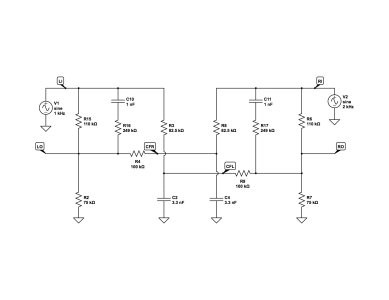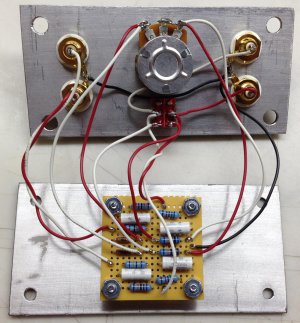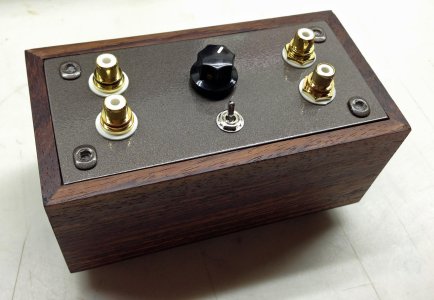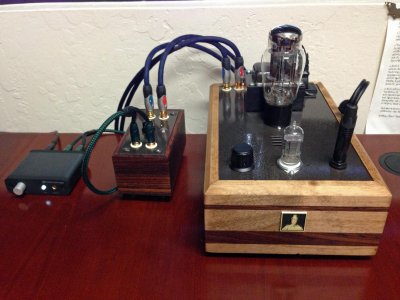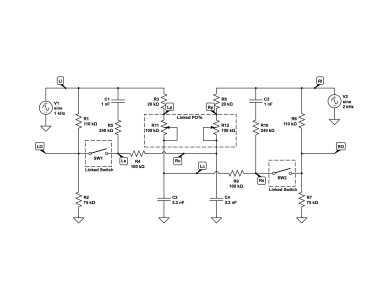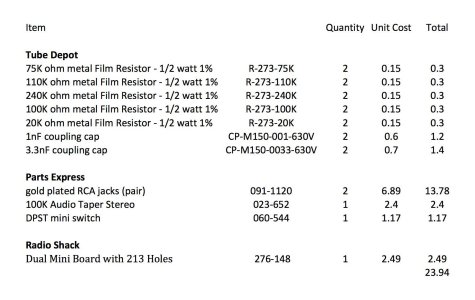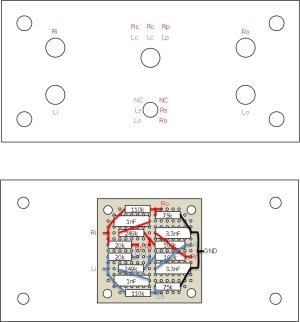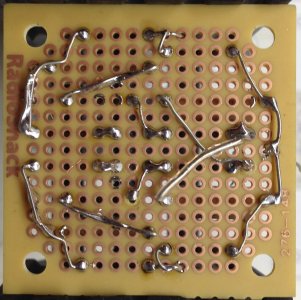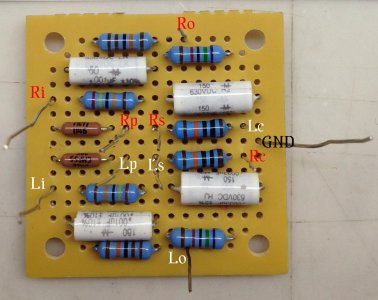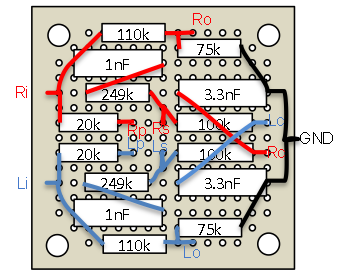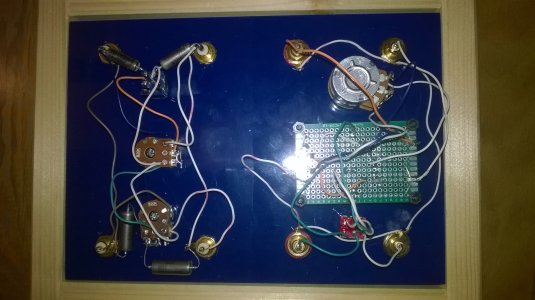rlyach
New member
I may be getting in over my head but I was wondering if it would be possible to incorporate a 3D imager into a pre-amp circuit. I have been enjoying my Crack headphone amp, but I have noticed that because my right ear only hears the right channel and my left ear only hears the left channel, the stereo image is between my ears. My setup (Crack with RCA clear top 12AU7 and a tungsol 5998, and a pair of Tesla T1s) gives a nice large soundstage but I want the image in front of me. After a little thought I discovered the reason. So... I wanted to try an experiment. I wanted to build a preamp using a 12AU7 for each channel. One half would be for the inputting the main signal, the other half for sending the signal to a cross-feed circuit with a Bridged Transformer delay circuit tuned to about 60 degrees. Then sum the delayed right channel into the left signal by way of an attenuator and coupling capacitor. The attenuator would be stereo, one half for each cross-feed signal. The output stage would be a capacitively coupled cathode follower. With the attenuator controlling the cross-feed signal, I should be able to move the sound stage close or far away, simulating speakers. Is this a waste of time. I know there are several DSP options out there but they are all set up for surround sound processing. I simply wanted an analog cross feed solution for simple stereo.

